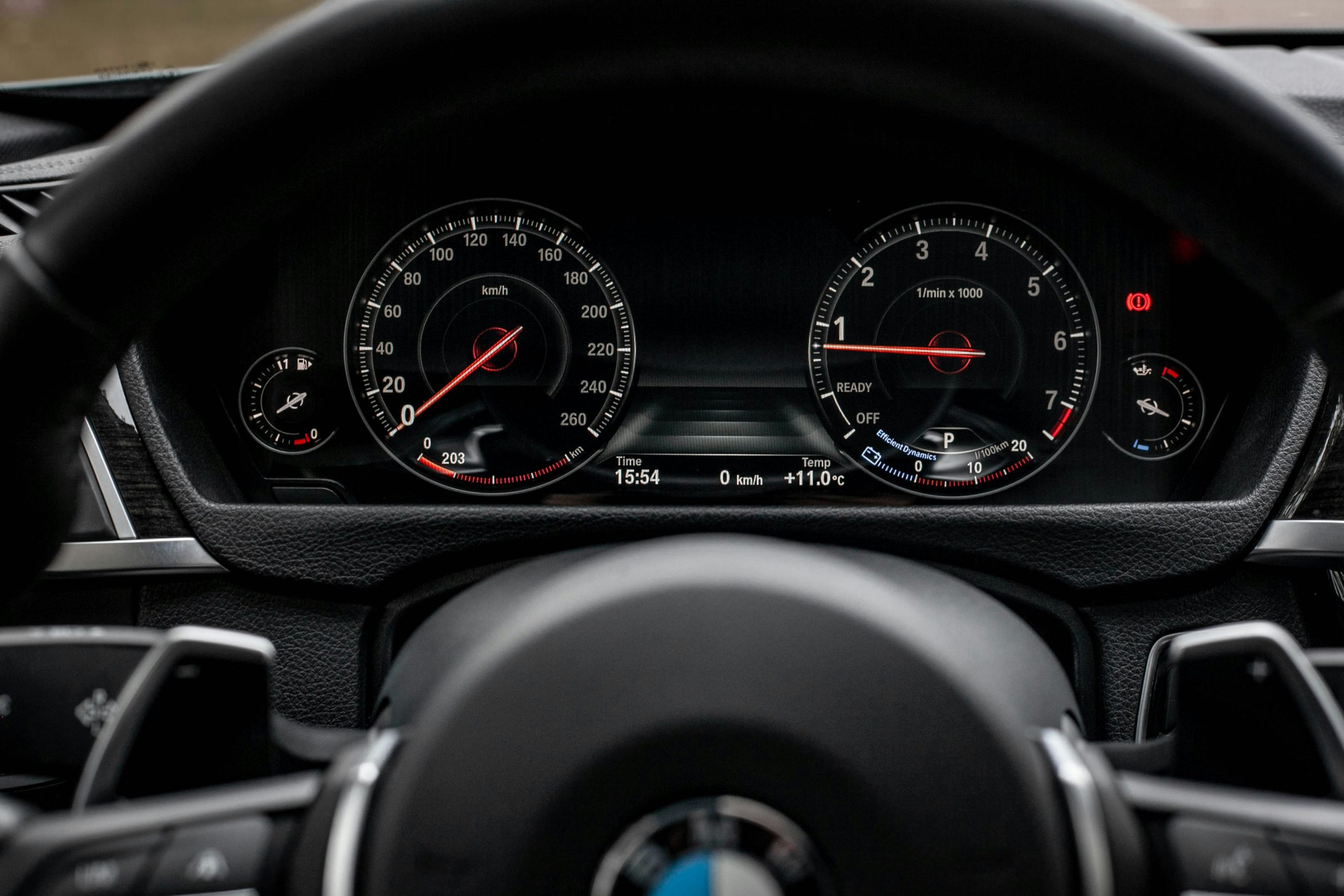Comparing AWD and 4WD for Performance Driving
The battle between all-wheel drive (AWD) and four-wheel drive (4WD) has been raging on for decades. Both have their own strengths and weaknesses, but when it comes to performance driving, which one comes out on top? In this article, we’ll compare AWD and 4WD systems for performance driving and determine which one is the best choice for speed, control, and overall driving experience.
The Basics of AWD and 4WD
Before we dive into their performance capabilities, let’s first understand the basics of AWD and 4WD systems. Both are drivetrain systems that distribute power to all four wheels of a vehicle, instead of just two wheels in a traditional front-wheel or rear-wheel drive setup. This allows for better traction and control, especially in challenging road conditions like snow, mud, or sand.
AWD: The Versatile Option
AWD systems use a center differential to distribute power between the front and rear axles. This means that power can be sent to either the front or rear wheels depending on which has the most traction. AWD systems are constantly adjusting power distribution to optimize grip and handling, making them a versatile option for a variety of driving conditions and terrains.
4WD: The Off-Road King
4WD systems are typically found in trucks and SUVs and are designed for off-road use. Unlike AWD, 4WD systems can be switched on or off, allowing the driver to choose when to send power to all four wheels. This system is especially useful for tackling steep inclines or rocky terrain, but it’s not as adaptable as AWD for everyday driving situations.
Performance Comparison
When it comes to performance driving, both AWD and 4WD systems have their strengths and weaknesses.
Acceleration and Speed
When it comes to straight-line acceleration and high-speed driving, AWD takes the lead. AWD vehicles are known for their quick launch and impressive 0-60 times, thanks to their ability to use all four wheels to grip the road and propel the vehicle forward.
On the other hand, 4WD systems often have a lower top speed due to their heavier and more robust components. However, for off-road enthusiasts, the added control and torque of 4WD make up for its slower top speed.
Handling and Cornering
For precision driving and sharp turns, AWD tends to be the better choice. The constant adjusting of torque to each wheel allows for better stability and control, making it a popular choice for performance vehicles like sports cars and rally cars.
4WD, on the other hand, may struggle with tight corners and sudden changes in direction. The heavy and rigid components can affect the agility of the vehicle, but this is often not a concern for off-roaders who prioritize traction and power over handling.
Fuel Efficiency
In terms of fuel efficiency, AWD takes the lead. 4WD systems are often bulky and add extra weight to the vehicle, resulting in decreased fuel economy. AWD, on the other hand, only engages when needed, so it doesn’t have a significant impact on fuel consumption. This makes it a more practical choice for everyday driving.
The Verdict
So, which one is the ultimate choice for performance driving? It all depends on your driving needs and preferences. If you value speed, handling, and versatility, AWD is the clear winner. But if you need a vehicle that can conquer tough off-road conditions, 4WD is your best bet.
Regardless of which system you choose, both AWD and 4WD offer significant advantages for performance driving compared to traditional two-wheel drive options. With advancements in technology, we can expect both systems to continue to evolve and improve, providing drivers with even better performance and control on the road.











